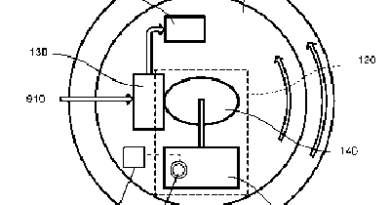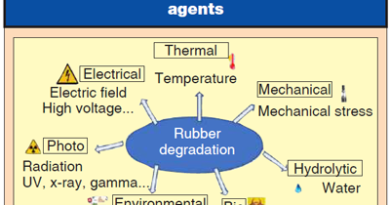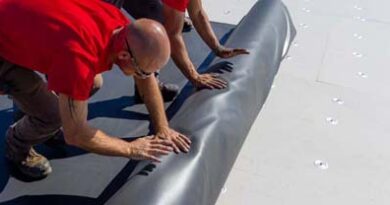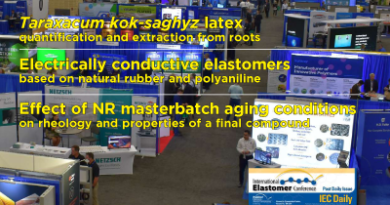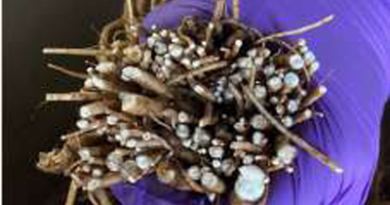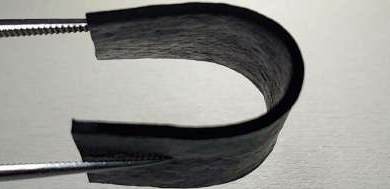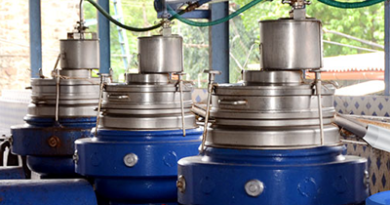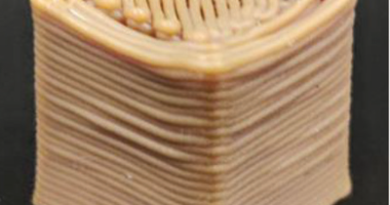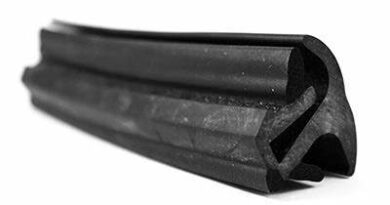Post IEC Daily
This follow-up to the 2022 International Elastomer Conference and Expo, held last month in Knoxville, Tennessee, and published for the Rubber Division, ACS by Lippincott & Peto, Inc., includes photographs and summaries of IEC events, including the Rubber Division, ACS Service Award recipients, 2022 scholarship winners, the Experience Elastomers Student Outreach Program, nomination information for the Rubber Division, ACS 2024 Science & Technology Awards, 2022 Expo exhibitors, and details on future International Elastomer Conferences, including locations through 2029.
Read More

